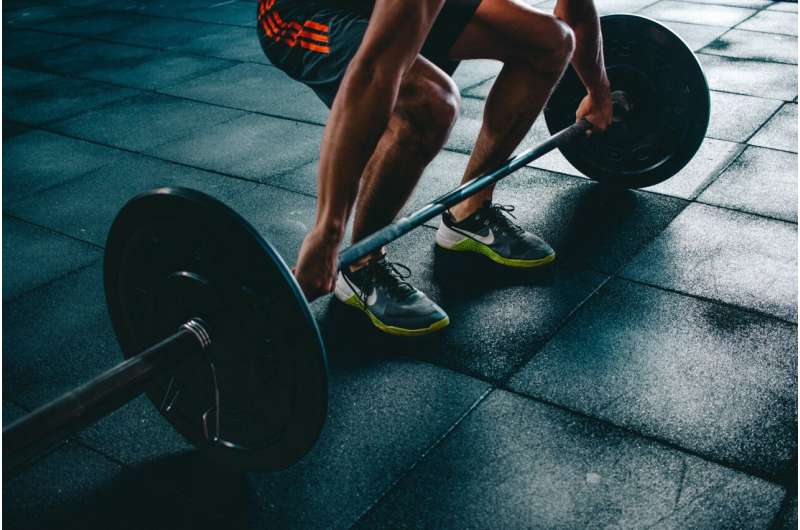Need to get moving? Start slowly


When you exercise, you feel less tired and stressed, and more upbeat. Even taking a 10-minute walk is a good start. You don’t have to run a marathon to reap the benefits of exercise.
How much exercise do you need? According to the Centers for Disease Control and Prevention, adults should aim for at least 150 minutes a week of moderate-intensity activity, such as walking, swimming or mowing the lawn, or 75 minutes a week of vigorous-intensity activity, such as jogging, running, high-intensity interval training or fast bicycling. The CDC recommends you also add two or three weekly strength training sessions.
While 150 minutes of physical activity each week sounds like a lot, you don’t have to do it all at once. Spread your activity out during the week, and break those minutes into small chunks of time; for example, 30 minutes a day, five days a week.
While it’s safe for most people to begin an exercise program, if you have a chronic medical condition, such as high blood pressure, you should consult with your primary care provider before beginning to work out.
Low-cost workouts
You don’t have to join a gym to work out. Low- or no-cost options include:
- Walking: Stroll around your neighborhood or through the mall. Park at the back of the parking lot rather than by the door. Choose the stairs.
- Clean sweep: Housework can do double duty if you can get your heart rate up. Mowing, shoveling and gardening count too.
- Child’s play: Engage your kids in a game of tag, a bike ride or an after-dinner dance party. Moving with your kids sets a good example for a lifetime of healthy activity.
Bring the gym home
It may be difficult to find time to exercise regularly with busy lives. Gym membership costs also may be a drawback.
The good news is these five inexpensive workout items can be used at home to get you started:
1. Jump rope
Jumping rope gets your heart pumping and offers a great cardiovascular workout. When the weather is not the best for an outdoor walk or jog, a jump rope can be a great indoor option. Jumping rope can be performed by people at any fitness level.
2. Mat
Mats can protect your back and joints from hard surfaces during your workout. Mats provide a layer of cushion for floor-based exercises, such as yoga, core strengthening or a stretching cooldown after your workout.
3. Dumbbells
Dumbbells come in various weights and designs. Choose weights that offer a little challenge, and keep them handy. You could curl your way through a commercial break while watching TV or use them first thing in the morning.
4. Resistance bands
Using resistance bands can improve your strength and muscle tone. They’re lightweight, take up little space and can easily travel with you for work or vacation.
5. Stability ball
This piece of equipment will strengthen your core, which is important for the health of your lower back. Stronger back and abdominal muscles also will improve your balance and stability to help you continue moving safely and confidently as you age.
No matter what form of exercise you choose, the most important thing is to get started. Remember to focus on the process, not just the results, and be patient with yourself as you get moving.
2023 Mayo Clinic News Network.
Distributed by Tribune Content Agency, LLC.
Source: Read Full Article